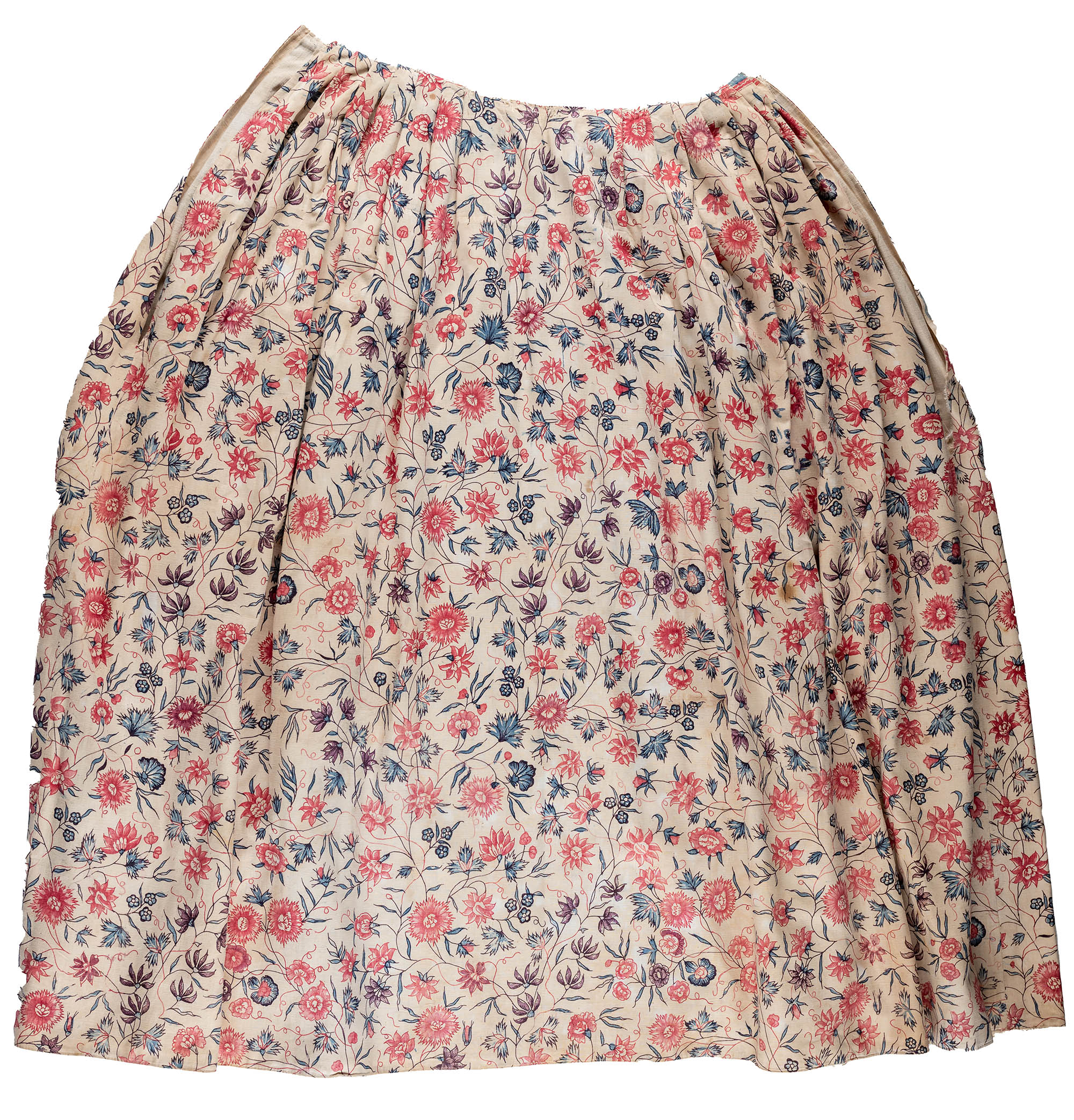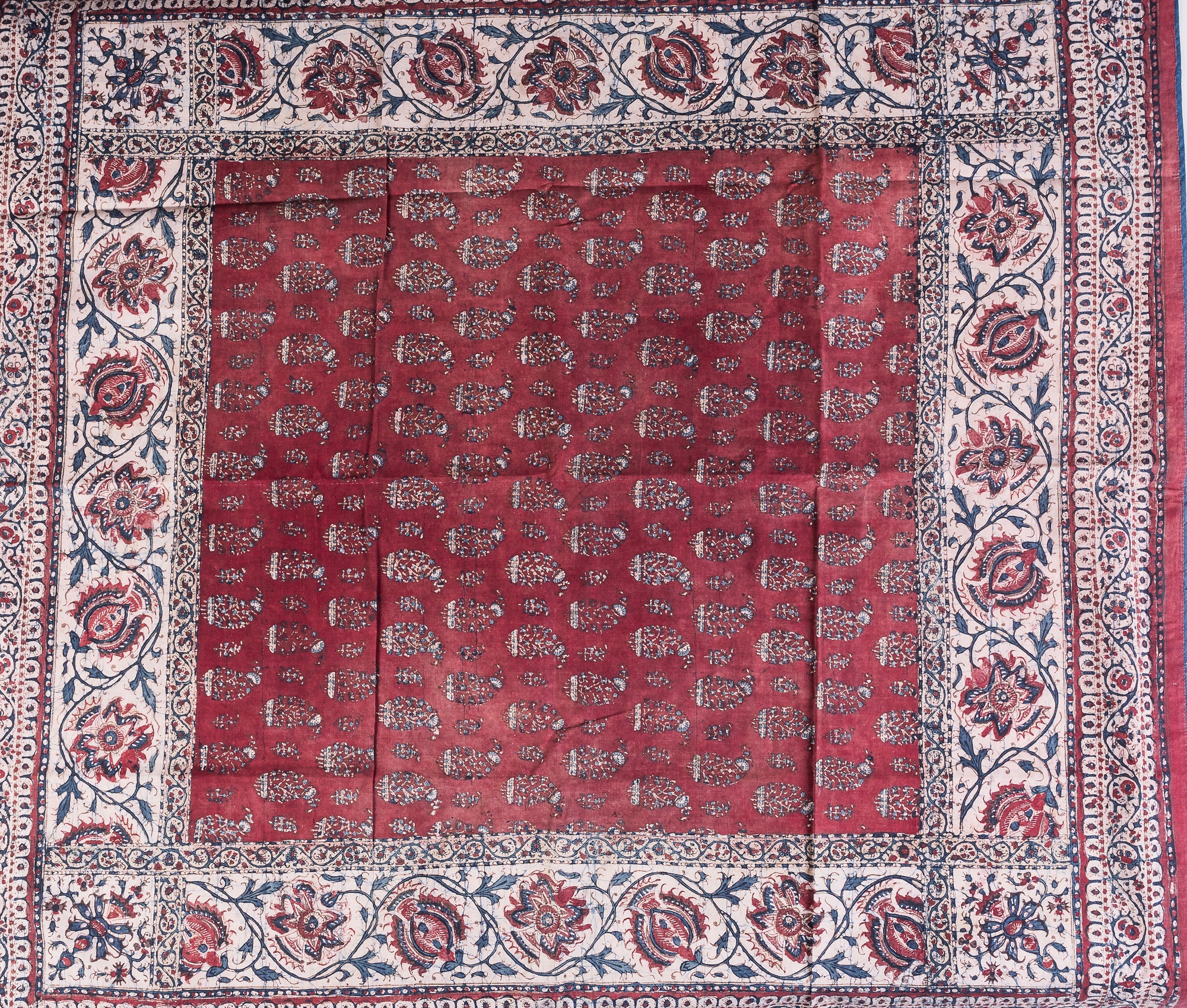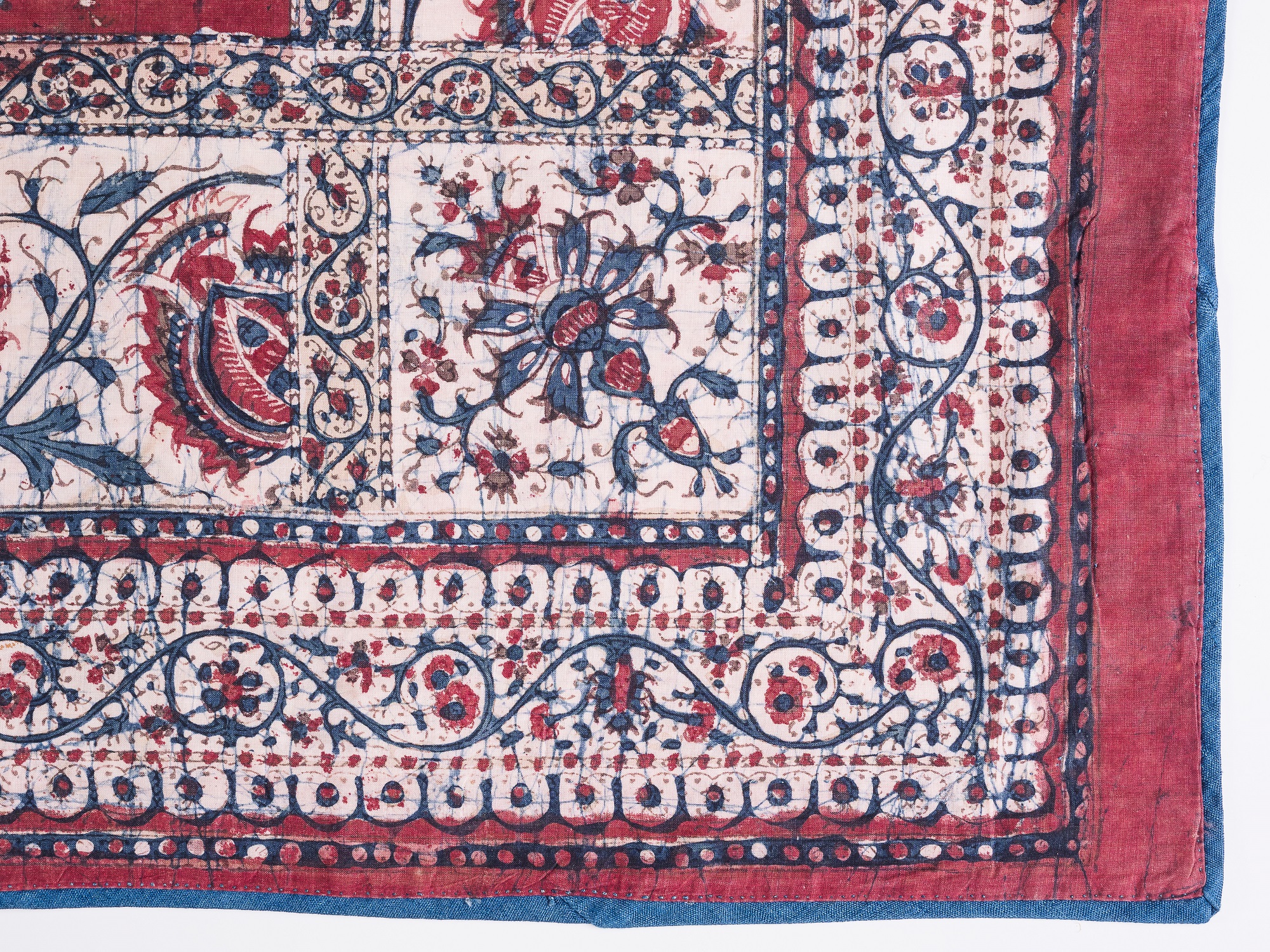#1 Chintz
Chintz fabric - printed or painted stylised florals on cotton, has become associated with traditional English country house style, but its origins are thoroughly international. Chintz was the product of Indian handcrafts, where knowledge of dyes was much more sophisticated than techniques in Europe. Early traders asked chintz makers to modify their designs to suit European tastes which, in turn, took inspiration from Chinese and Japanese textiles too.
This was a time when global exploration from Europe was increasing, with violent consequences. Glazed cotton chintz became hugely fashionable in countries such as Britain and the Netherlands throughout the 17th and 18th centuries. The East India Company, certified in 1600 by a Royal Charter from Elizabeth I, was the driving force behind this: first through trade, and then by setting up their own factories throughout India.
We can draw a thread from the East India Company directly to the formation of the British Raj: colonial rule in India that was established in the middle of the 19th century. Cotton then became a major factor in the drive for Indian independence through the Swadeshi movement.
Through the samples in the Gawthorpe collection, we can track the journey of chintz travelling from a handcraft in India, to become a style associated with British design through local printers such as Turnbull and Stockdale and the Arts and Crafts movement.





